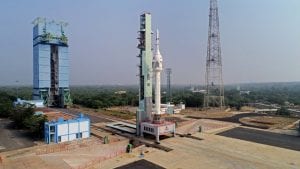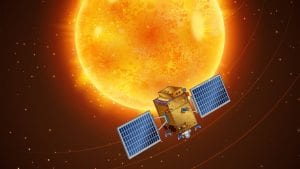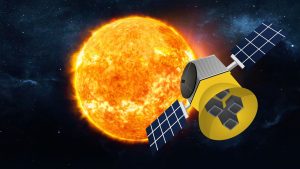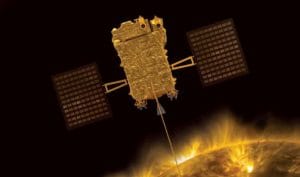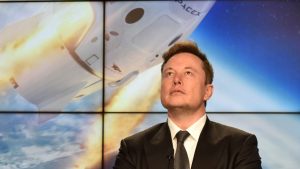Nothing is more frustrating than capturing the perfect shot or picture only to discover that the end result makes you look like a red-eyed demon.
Yes! Red eyes can ruin your photographs, but they at least indicate that your body is functioning well. In case you didn’t know – when you take well-lit pictures with your friends or family, cameras essentially get a really good look into your soul and what’s going on behind your eyes.
The red effect is caused by the flash, which successfully illuminates the inside of our eyes and allows us to see the red blood vessels that are located behind them.
“A red reflex happens when the flash of a camera lights up the blood-rich retina. If the eyes are looking directly at the camera lens and the colour of the reflex in both eyes is red, that’s usually a good sign that the retinas of both eyes are unobstructed and healthy,” according to the American Academy of Ophthalmology.
There are some simple reasons why your eye might not be red in one out of every hundred photos. For example, you might have blinked right before the picture was taken or not been staring directly into the camera. However, the absence of red eyes may indicate that something is wrong with your eyes.
This method can detect a few common conditions, such as strabismus, which occurs when a person’s eyes are pointing in different directions. Also known as a squint, this is a common minor problem in young children that can be corrected and may explain why only one eye is red – the other pupil was not looking directly at the camera.
nexr line
Nothing is more frustrating than capturing the perfect shot or picture only to discover that the end result makes you look like a red-eyed demon.
Yes! Red eyes can ruin your photographs, but they at least indicate that your body is functioning well. In case you didn’t know – when you take well-lit pictures with your friends or family, cameras essentially get a really good look into your soul and what’s going on behind your eyes.
The red effect is caused by the flash, which successfully illuminates the inside of our eyes and allows us to see the red blood vessels that are located behind them.
“A red reflex happens when the flash of a camera lights up the blood-rich retina. If the eyes are looking directly at the camera lens and the colour of the reflex in both eyes is red, that’s usually a good sign that the retinas of both eyes are unobstructed and healthy,” according to the American Academy of Ophthalmology.
There are some simple reasons why your eye might not be red in one out of every hundred photos. For example, you might have blinked right before the picture was taken or not been staring directly into the camera. However, the absence of red eyes may indicate that something is wrong with your eyes.
This method can detect a few common conditions, such as strabismus, which occurs when a person’s eyes are pointing in different directions. Also known as a squint, this is a common minor problem in young children that can be corrected and may explain why only one eye is red – the other pupil was not looking directly at the camera.
2nd line
Nothing is more frustrating than capturing the perfect shot or picture only to discover that the end result makes you look like a red-eyed demon.
Yes! Red eyes can ruin your photographs, but they at least indicate that your body is functioning well. In case you didn’t know – when you take well-lit pictures with your friends or family, cameras essentially get a really good look into your soul and what’s going on behind your eyes.
The red effect is caused by the flash, which successfully illuminates the inside of our eyes and allows us to see the red blood vessels that are located behind them.
“A red reflex happens when the flash of a camera lights up the blood-rich retina. If the eyes are looking directly at the camera lens and the colour of the reflex in both eyes is red, that’s usually a good sign that the retinas of both eyes are unobstructed and healthy,” according to the American Academy of Ophthalmology.
There are some simple reasons why your eye might not be red in one out of every hundred photos. For example, you might have blinked right before the picture was taken or not been staring directly into the camera. However, the absence of red eyes may indicate that something is wrong with your eyes.
This method can detect a few common conditions, such as strabismus, which occurs when a person’s eyes are pointing in different directions. Also known as a squint, this is a common minor problem in young children that can be corrected and may explain why only one eye is red – the other pupil was not looking directly at the camera.


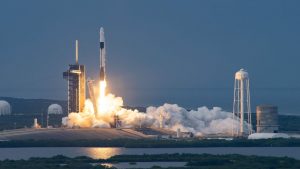






 Listen to the Article
Listen to the Article 
 Daily Newsletter
Daily Newsletter






